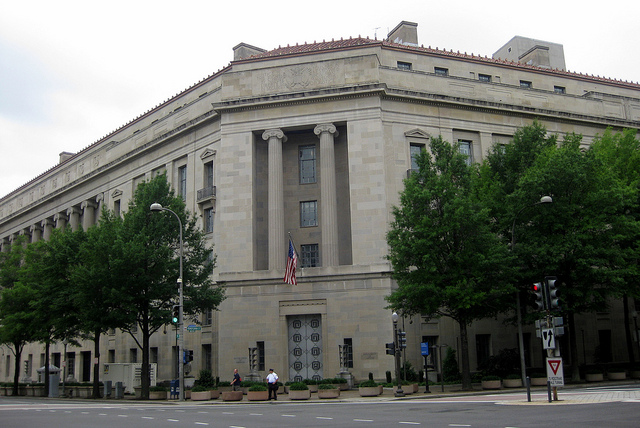
These two forms of regulatory capture require different solutions.
Although it is well known that regulatory capture can subvert the public interest, it is becoming increasingly clear that there are two forms of capture that can affect the performance of regulatory agencies.
The “old capture”—which is what most of us think of when we think of regulatory capture—occurs when regulators become so co-opted by the regulated entities or special interests they are supposed to regulate that they end up working to advance those interests instead of the public interest articulated in their statutory mission. In the “new capture,” regulators attempt to serve the public interest, but they are stymied by procedural requirements that have gummed up the regulatory process and by deep budget cuts that make it more difficult to comply with those requirements. Both forms of capture subvert the public interest, but it is important to distinguish between them for purposes of fashioning appropriate remedies.
The old capture is associated with the public choice literature, which hypothesizes that regulators put their self-interest ahead of the public interest. For example, regulators may not pursue the public interest because they previously worked for industry and intend to return (“the revolving door” problem), or they want to get a job in industry after government service. Administrators may also be reluctant to regulate, in light of a desire to please elected officials who depend on industry contributions for reelection. The ineffectiveness of economic regulators in the 1950s at agencies such as the Interstate Commerce Commission (ICC) often has been attributed to this old capture dynamic.
What we have learned, however, is that agencies may not be effective even if regulators are committed to serving the public interest. Over the last 30 years, Congress, the President, and the courts have imposed dozens of new procedural requirements on agencies. Examples include the Small Business Regulatory Enforcement Fairness Act, centralized regulatory review conducted by the White House Office of Information and Regulatory Affairs, and hard look (skeptical) judicial review. Even if these and additional requirements were instituted with good intentions, the accumulation of procedural requirements has stymied regulatory government. Making do with significantly fewer resources, agencies typically take four to eight years or longer to promulgate significant new regulations, and they are hard pressed to enforce those regulations that are already on the books.
Reforms to address the old capture include regulation of the revolving door, greater regulatory transparency, and conflict-of-interest regulations. By and large, many of the antidotes to old capture are procedural in nature. By comparison, addressing new capture requires a very different approach—which is why it is important to distinguish between the two forms.
As a preliminary matter, it is necessary to identify and reduce unnecessary procedural burdens. After doing so, increasing agency budgets would better enable agencies to satisfy those procedural requirements that remain and empower them to resist or overcome the pressures that they face from special interests. Since the budgets of regulatory agencies are only a small fraction of the federal budget, budget increases would have no significant impact on the federal budget or the federal deficit. Indeed, this fact suggests that Congress intended the budget cuts to slow down regulatory efforts, making it a primary culprit in the new capture.
Addressing new capture might require longer-term institutional reforms as well. Although legislative reform seems unlikely in today’s conflicted Congress, reformers might be able to make the federal government’s Inspectors General responsible for evaluating the causes of obvious regulatory failures, such as the failure of regulatory agencies to prevent the practices on Wall Street that led to the recent recession. Better yet, reformers could establish an independent commission, modeled on the U.S. Chemical Safety Board, which would undertake after-action reports. Under either approach, the evaluators would assess the role of the old and new capture in cases of regulatory failure. These reports could build political momentum for additional reforms and help identify what reforms might work best to address both types of capture.
As difficult as it might be, it is worth our time and effort to root out capture, whether it is old or new. Capture undermines regulatory systems that are necessary to protect people and the environment. When agencies fail to regulate, the public bears the cost and personal anguish of the deaths, injuries, and destruction that could have been prevented.
This essay is part of The Regulatory Review’s sixteen-part series, Rooting Out Regulatory Capture.




